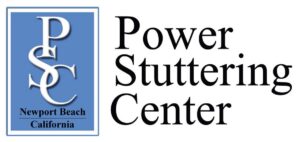Stuttering Blocks – What Are They?
Fluency Shaping TechniquesStuttering blocks occur in the connected speech of people who stutter. Stuttering “blocks” are usually categorized as: Repetitions – Repeating the same sound or syllable several times. Repetitions usually occur at the beginning of words although sometimes at the end or even the middle syllable. The schwa sound “uh” is commonly […]
Stuttering Blocks – What Are They? Read More »
